Beginning of May 2022
When I first spotted The Stables in an ad for Bookabach, I immediately thought, no that can't be in New Zealand- we don't have such interesting buildings here and besides look at all those glorious bluebells- perhaps it's in England? But when I clicked on the link, lo and behold I discovered the most magical old brick stables nestled in the midst of a native plant nursery in Otaki. We booked to stay in early May and so began one of our most cherished adventures.
We found fields of yarrow and hawthorn berries aplenty along the way as we headed south.
"Built, in the early 1920's with locally made bricks. It was used to house draught horses and equipment, as part of the Mangahao – Haywards power reticulation scheme. The Stables were converted into a beautiful cottage during the late 1980’s with the renovation work being done by a conservation architect."
Now, Stephen and Karen Whitton own this unique property and operate Talisman native plant nursery here.Tucked in the garden amidst the arboretum, the Stable is an enchanting and private sanctuary.
There's a little firebox in the kitchen with a flue that extends upstairs so if it's chilly you can soon make the place toasty warm.
to a little downstairs bedroom and the bathroom.Upstairs is airy and spacious with skylights and old wooden beams. The bed is down one end and a comfy sitting space down the other.
A bit of rain but plenty of spaces in between showers.
Otaki is one of those small places that we all just pass on through when heading south, so it was a surprise to find a lovely little community and a good shopping centre down towards the beach. Driving passed we spotted a little forest and decided to see if there was perhaps a walkway that we could wander along out of the offshore wind. So up the hill we went expecting to find a fence and to have to turn around again, but on the path continued out through the other side and in to the most remarkable space
filled with ancient pines and macrocarpa trees. Quite clearly this is a walking track but I wonder where it goes to?It was the most peculiar experience blundering along, having no idea where we were or where we were going. And yet we both had this crazy growing sense of freedom and joy. Just like these swallows.
Eventually we emerged out of the forest in to sand dune terrain and came across large mats of New Zealand beach spinach, lupins & barberry.
And finally we looped around and found ourselves back at the beginning- there was fragrant honeysuckle waiting for me.
On our second day we found our way to Ruth Pretty's cafe and cooking school at Te Horo. Such a delightful glasshouse tea rooms with lime sand floor.
A wonderful property with stone walls, beautiful trees and a large kitchen garden.
On our way home we stopped at the Faith Farm (also in Te Horo) milk dispenser. We even remembered to bring our own milk bottles.
Double Romans in the sand dunes at the beach in May!
Lot's of restorative planting going on there. A very beautiful place.
The Otaki river.We just couldn't stop thinking about the forest that we had found down at Otaki beach so I looked it up online just in case I could find out more about it and discovered that the forest wasn't just there by accident as the land had been donated for the purposes of setting up a Children's Health Camp by a local businessman Byron Brown in the early 1930s. And the more we read the more fascinating the whole thing became especially because of the way the forest had made us feel. So we went back to run and play again. We came across this pretty weedy climber that I've learnt is called Mile a Minute- apparently for obvious reasons.
On our return, just as we entered the forest, a young mother came down the path carrying a baby in a front pack and being rushed along by a very cross little boy wearing a tiger suit who had managed to fall and graze his knees, but as we chatted we noticed that mum was wearing tiger ears too. There was so much giggling and fizzing joy as we had a brief exchange and then off they rushed. Since the third birthday the tiger suit is never out of sight and always taken to bed!
We could hardly believe our eyes as we found yet more pathways looking more like jungle than forest. Look out Rob there might be tigers!
The macrocarpers were planted over time- sometimes hundreds at once. Byron Brown even imported loads of lupin seed and got the children to help him plant them in the sand dunes all around the camp.
We met a "neighbour" and walkers on this trip and each told us more about the camp and the history of the area. Apparently the locals are a tad weary of the place as this was also the site of a Maori war and at one stage human remains were found in a shall grave- a young wahine from way back so that made things a bit creepy for some.
Then just up the track we saw the gate and found our way through to the camp that has only just closed a few years ago.
The macrocarpers were planted over time- sometimes hundreds at once. Byron Brown even imported loads of lupin seed and got the children to help him plant them in the sand dunes all around the camp.
We met a "neighbour" and walkers on this trip and each told us more about the camp and the history of the area. Apparently the locals are a tad weary of the place as this was also the site of a Maori war and at one stage human remains were found in a shall grave- a young wahine from way back so that made things a bit creepy for some.
Then just up the track we saw the gate and found our way through to the camp that has only just closed a few years ago.
The rotunda. There were originally two that were originally transported in from Rotorua.
"This building was one of two built in Rotorua in 1915 and opened in January 1916 as dormitories
for the King George the V military hospital for convalescent patients during the first world war. It was designed by the architectural firm Hoggard and Prouse...the two octagonal dormitories were named Anzac and Suvla wards." You can read more about the rotundas here.
The children slept in this light and airy open space. Here's a dormitory in 1958. Photo from here.for the King George the V military hospital for convalescent patients during the first world war. It was designed by the architectural firm Hoggard and Prouse...the two octagonal dormitories were named Anzac and Suvla wards." You can read more about the rotundas here.
Having just found the health Camp it was so sad to find it in this dilapidated state.
OSH had long been in with a pointy finger and ordered those dangerous swings to be removed.On our return home I was to discover so much more about the history of the camp so I will continue when I come back to tell you about the bluebells!
Look, we found baby pine cones!
And out the other side we came. Second time round we began to get the feel of the lie of the land.Look here are the other children in the forest in 1945!
We also managed to visit with our grandson Fynn and David came through from Wellington so we had a lovely meal together at the Jolly Pub and Kitchen,
By the time we were heading home we had become fascinated by the link between Shannon and the Mangahao Power Station (who knew that is even still existed- and is still in operation) and the construction of The Stables themselves so we headed for the hills to see the place for ourselves. Mangahao Hydroelectric Power Station 1935
And even earlier-1925. Photo credit here.
What a crazy combination- a hydroelectric power station and a reserve!
Evidently there were a few brick buildings built in the early days- just coming back in to Shannon.
The main highway seemed bizarrely rushy after our journey back in time so we took the scenic route down country roads from just near Norsewood (Garfield road) sweeping past the grand country house Oruawharo Homestead as we went and emerging again down Hatuma road just north of Waipukurau.
We returned to The Stables to see the bluebells in bloom in October. I will pop a link to that post here when I write it!
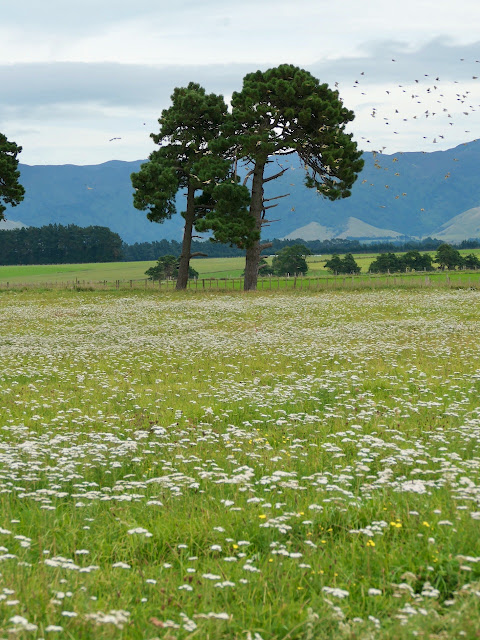




.jpeg)
.jpeg)
.jpeg)
.jpeg)
.jpeg)
.jpeg)
.jpeg)
.jpeg)
.jpeg)

.jpeg)
.jpeg)
.jpeg)
.jpeg)
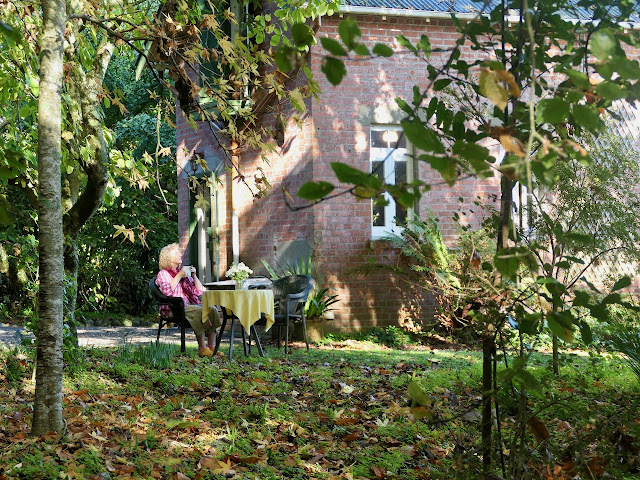
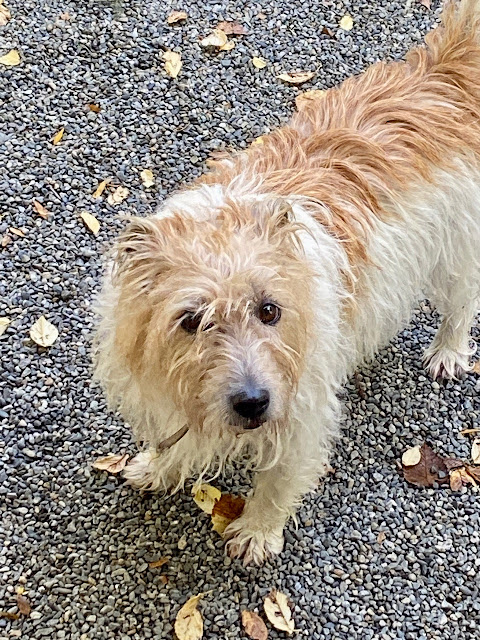
.jpeg)
.jpeg)
.jpeg)
.jpeg)
.jpeg)






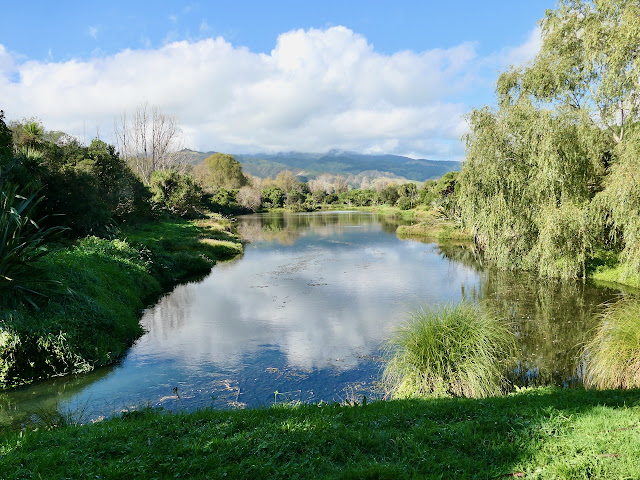
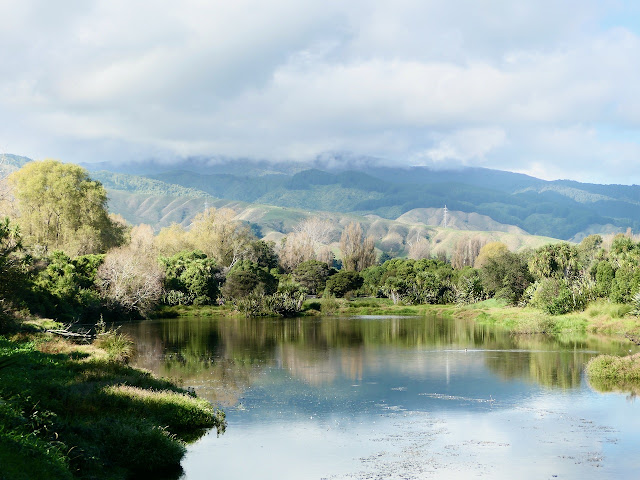
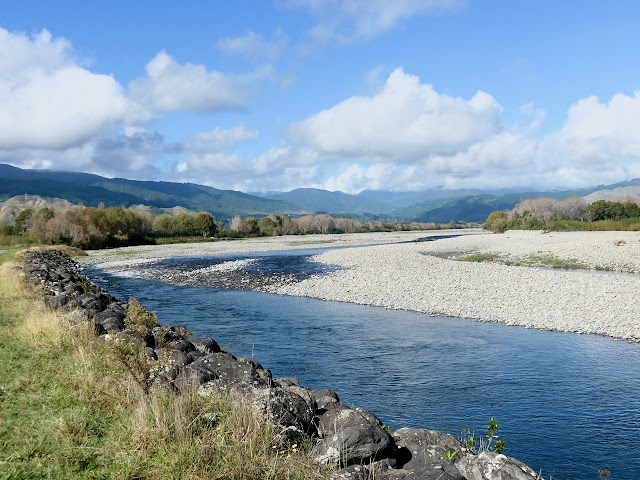

.jpeg)
.jpeg)
.jpeg)
.jpeg)
.jpeg)
.jpeg)

.jpeg)
.jpeg)
.jpeg)
.jpeg)
.jpeg)
.jpeg)
.jpeg)

.jpeg)








.jpeg)






.jpeg)



No comments:
Post a Comment